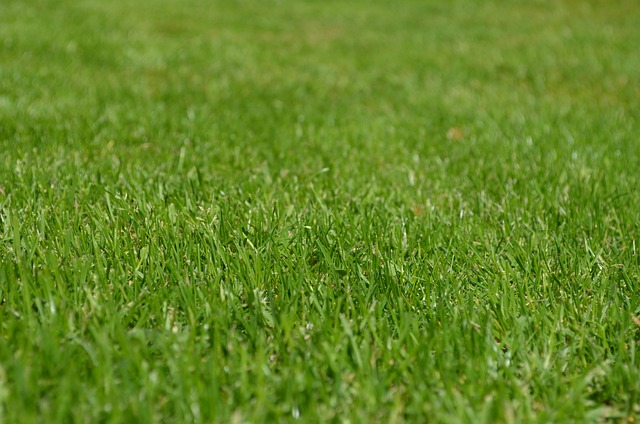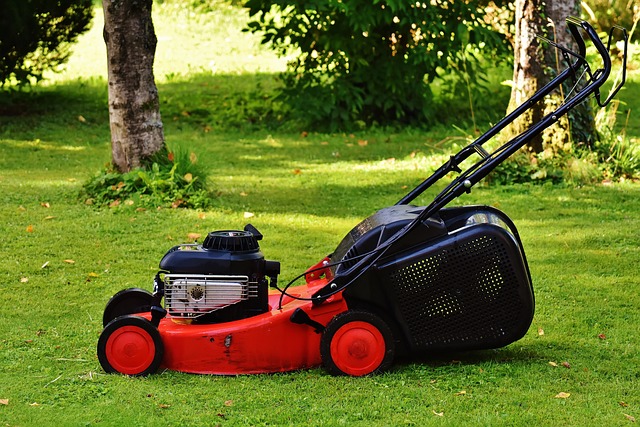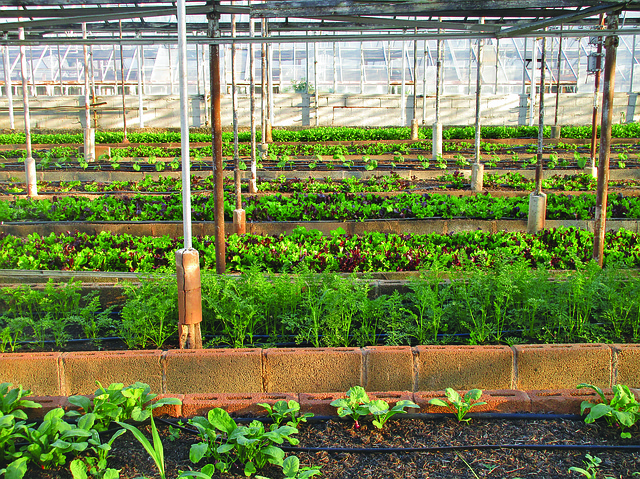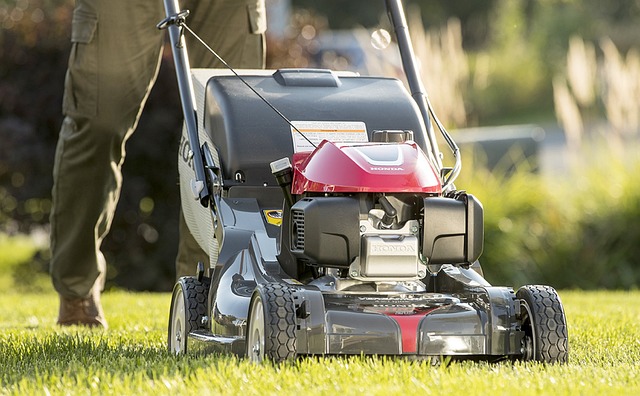Fertilization is vital for Lawn Care and Landscaping, supplying essential nutrients (nitrogen, phosphorus, potassium) for grass growth and disease resistance. Choosing turf-specific fertilizers and regular spring/fall applications promote healthy, vibrant lawn development. Weed control measures include manual removal, organic matter application, and selective herbicides to prevent damage and resistance. Integrating fertilization and weed management leads to a flourishing, aesthetically pleasing yard through targeted solutions and sustainable practices.
Lawn fertilization and weed control are essential components of any comprehensive lawn care and landscaping strategy. Understanding the basics of lawn nutrition and growth is key to effective treatment. By implementing strategic weed control methods, from prevention to eradication, you can cultivate a lush, healthy yard that thrives. Integrating these practices ensures optimal results, transforming your outdoor space into a vibrant, weed-free oasis.
- Understanding Lawn Fertilization: The Basics of Nutrition and Growth
- Effective Weed Control Strategies: From Prevention to Eradication
- Integrating Fertilization and Weed Control for a Thriving Yard
Understanding Lawn Fertilization: The Basics of Nutrition and Growth

Fertilization is a vital aspect of lawn care and landscaping, providing essential nutrients that promote lush grass growth. Lawns, much like any other plant life, require specific elements to thrive, primarily nitrogen (N), phosphorus (P), and potassium (K). These macronutrients support overall plant health, with nitrogen encouraging leaf development, phosphorus fostering root growth and general vigor, while potassium bolsters disease resistance.
Understanding the unique needs of your lawn’s grass species is crucial for effective fertilization. Different grasses have varying requirements, so selecting a fertilizer formulated for your specific turf type ensures optimal results. Regular application, typically during spring and fall, allows for balanced nutrient absorption, fostering a robust and vibrant lawn that outcompetes weeds through healthy growth.
Effective Weed Control Strategies: From Prevention to Eradication

Effective weed control is an essential aspect of lawn care and landscaping, ensuring a lush and aesthetically pleasing outdoor space. Prevention is often the best strategy; regularly cultivating and mowing your lawn creates a dense grass cover that crowds out weeds. Applying a thick layer of organic matter or mulch can also inhibit weed growth by blocking sunlight. For existing weeds, manual removal is a humane option, especially for smaller areas. Gloved hands and a weeding tool make this task efficient.
Chemical solutions are available for more severe cases but should be used with caution. Selective herbicides target specific types of weeds while minimizing damage to grass. Broad-spectrum chemicals, though effective against a range of weeds, must be applied carefully to avoid harming desirable plants. Regular application and rotation of herbicidal methods can help prevent weed resistance, ensuring long-term control.
Integrating Fertilization and Weed Control for a Thriving Yard

In the realm of lawn care and landscaping, integrating fertilization and weed control is a game-changer for achieving a thriving yard. Effective lawn fertilization provides essential nutrients that promote lush growth, enhance color, and improve overall turf health. However, it’s equally important to address weed infiltration, as unwanted vegetation can hinder nutrient absorption and create an unsightly appearance.
By combining these two strategies, homeowners can enjoy a vibrant, healthy lawn free from invasive weeds. Modern lawn care products offer targeted solutions, allowing for precise application of fertilizers while effectively eradicating specific types of weeds. This integrated approach not only saves time and effort but also contributes to a sustainable and aesthetically pleasing outdoor space.
In conclusion, mastering lawn fertilization and weed control is essential for achieving lush, healthy grass and an aesthetically pleasing outdoor space. By understanding the fundamentals of lawn nutrition and implementing effective strategies, homeowners can transform their yards into vibrant oases. Integrating these practices seamlessly ensures a thriving landscape that becomes the envy of the neighborhood. Embrace these techniques as part of your regular lawn care and landscaping routine for outstanding results.














